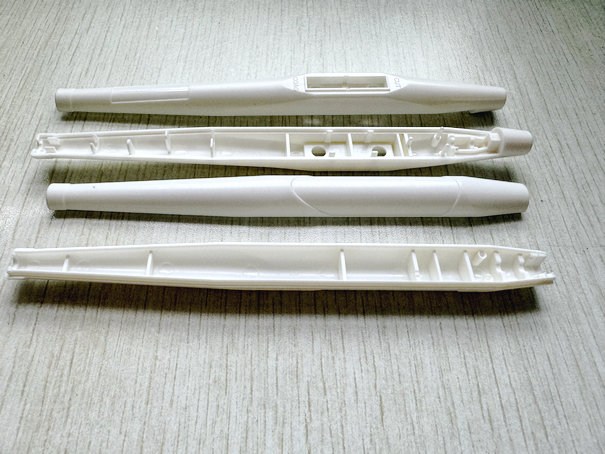How To Improve Quality Control in Injection Molding (Health & Beauty - Health Services)

UKAdsList > Health & Beauty > Health Services
Item ID 9547271 in Category: Health & Beauty - Health Services
How To Improve Quality Control in Injection Molding | |
Quality control in injection molding is a critical aspect of the manufacturing process that directly impacts the final product's quality and consistency. By implementing effective quality control measures, manufacturers can minimize defects, reduce waste, and ensure customer satisfaction. Here are some ways to improve quality control in injection molding: 1. Design and Tooling: The first step in ensuring quality in injection molding is to focus on the design and tooling phase. By utilizing advanced design software and high-quality tooling materials, manufacturers can create molds that produce parts with precision and accuracy. This initial investment in design and tooling can significantly reduce the likelihood of defects during the molding process. 2. Material Selection: The quality of the raw materials used in injection molding directly affects the final product's quality. Manufacturers should carefully select materials that meet the required specifications and performance standards. Conducting thorough material testing and analysis can help identify any potential issues before they impact production. 3. Process Monitoring: Implementing real-time process monitoring systems allows manufacturers to track key parameters such as temperature, pressure, and cycle time during the molding process. By closely monitoring these variables, manufacturers can quickly identify any deviations from the desired settings and take corrective action to prevent defects. 4. Quality Inspections: Regular quality inspections are essential for identifying any issues with the molded parts. This can include visual inspections, dimensional measurements, and functional testing to ensure that the parts meet the required specifications. By conducting thorough inspections at various stages of production, manufacturers can identify and address any quality issues early on. 5. Training and Education: Investing in training programs for machine operators and quality control personnel is crucial for maintaining high standards in injection molding. Properly trained staff can identify potential issues, troubleshoot problems, and make necessary adjustments to ensure consistent quality throughout the production process. 6. Continuous Improvement: Quality control is an ongoing process that requires continuous improvement efforts. Manufacturers should regularly review their quality control procedures, analyze production data, and seek feedback from customers to identify areas for improvement. By embracing a culture of continuous improvement, manufacturers can enhance their quality control processes and stay ahead of potential issues. 7. Obtained ISO quality management system: By following the principles of continuous improvement outlined in ISO 9001, organizations can systematically review their processes, identify inefficiencies or nonconformities, and take corrective action to prevent their recurrence. This can save costs, improve efficiency, and simplify operations. In conclusion, improving quality control in injection molding requires a combination of advanced design and tooling, careful material selection, real-time process monitoring, thorough inspections, ongoing training, and a commitment to continuous improvement. By implementing these measures, manufacturers can enhance the overall quality of their molded products and maintain a competitive edge in the market.  | |
| Related Link: Click here to visit item owner's website (1 hit) | |
| Target Nation: All Nations Target City : shanghai Last Update : 02 July 2024 10:22 AM Number of Views: 112 | Item Owner : injectionmoldchina Contact Email: Contact Phone: 021-52913487 |
| Friendly reminder: Click here to read some tips. | |
UKAdsList > Health & Beauty > Health Services
© 2025 UKAdsList.com
USNetAds.com | GetJob.us | CANetAds.com | AUNetAds.com | INNetAds.com | CNNetAds.com | Hot-Web-Ads.com | USAOnlineClassifieds.com
2025-04-04 (0.685 sec)